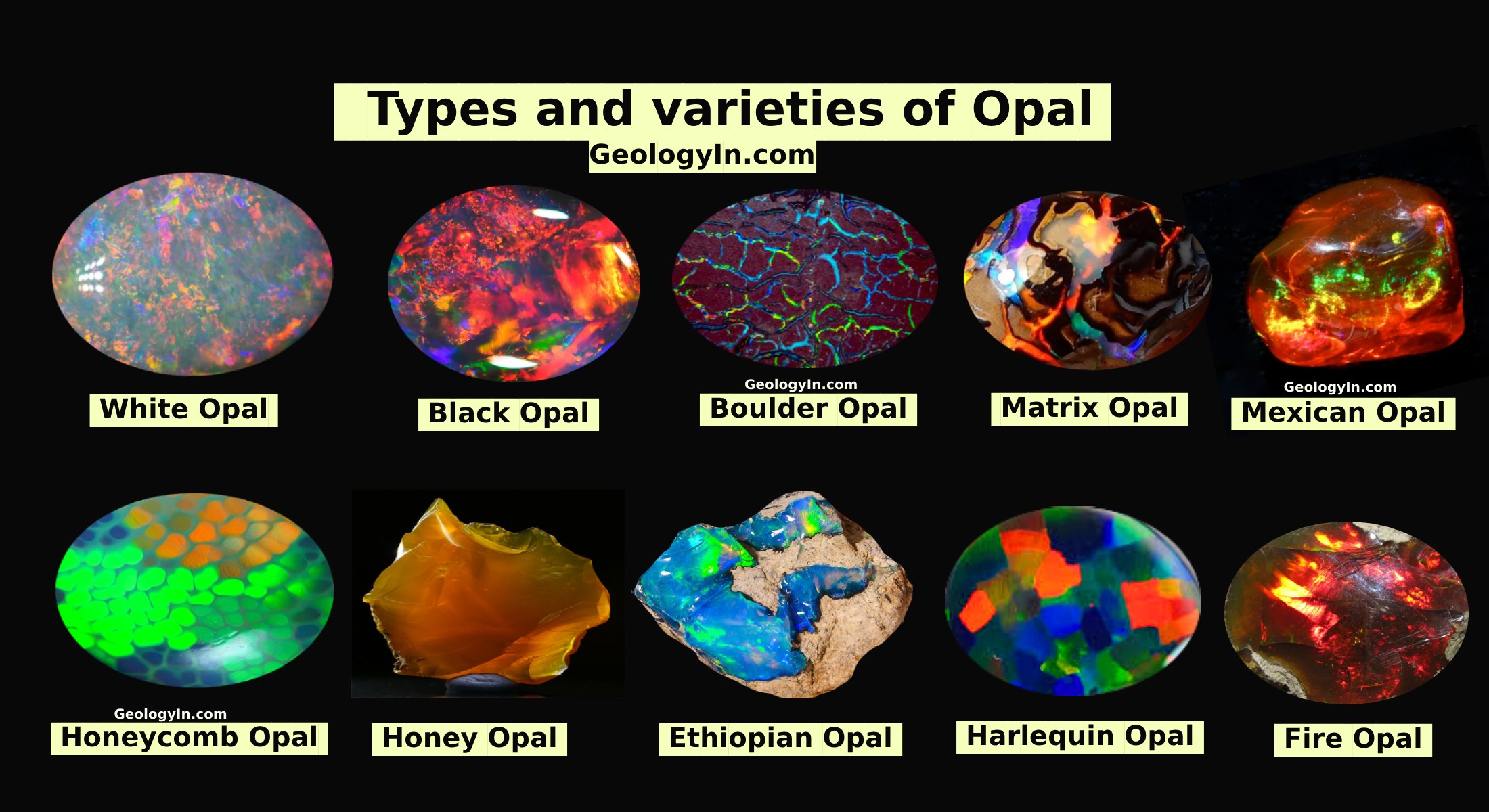Scientists Engineer 'Woolly Mice' in Quest to Revive the Woolly Mammoth
Scientists have achieved a groundbreaking step in their effort to revive the woolly mammoth by creating genetically modified mice with mammoth traits. These 'woolly mice,' demonstrate cold-tolerant features including long, golden hair and enhanced fat metabolism—all achieved through advanced gene-editing techniques. This milestone supports the researchers ambitious goal to engineer a mammoth-like elephant using Asian elephant DNA by 2028.
The woolly mammoth, an elephant relative, last roamed the Arctic regions. It disappeared from mainland Siberia around 10,000 years ago and from Wrangel Island about 4,000 years ago.
Colossal Biosciences, a Dallas-based biotechnology company, has been working since 2021 to "de-extinct" the species by genetically modifying Asian elephants, its closest living relatives. Using advanced gene-editing technologies like CRISPR, researchers have identified and manipulated key genes responsible for mammoth traits, such as thick fur and cold tolerance.
 |
| Scientists breed woolly mice in quest to revive the woolly mammoth. |
Ben Lamm, Colossal’s co-founder and CEO, stated that the team has analyzed ancient mammoth genomes preserved in permafrost and compared them to Asian elephant DNA, pinpointing genetic differences. This research has already led to genome editing in elephant cells, marking a significant step toward their goal of reviving the Ice Age species by 2028.
In their latest experiment, detailed in a pre-print paper not yet peer-reviewed, researchers produced mice with traits like woolly hair and enhanced fat metabolism—features suited for cold environments. Lamm described this as a "massive validating point" for their approach, though it does not speed up the timeline. The team used CRISPR gene-editing technology to alter nine genes in mouse embryos, focusing on hair color, texture, and length, as well as fat transport. They modified fertilized eggs or embryonic stem cells, then implanted them into surrogate mice. Of 250 embryos created over five rounds, 38 pups were born, all displaying the targeted traits.
The woolly mouse builds on Colossal’s work since 2021, when the company began sequencing genomes from nearly 60 mammoth remains preserved in permafrost. The ultimate process involves editing Asian elephant cells to express mammoth traits, implanting the embryos into elephant surrogates, and awaiting a 22-month gestation period. However, challenges remain. Editing an elephant genome requires extensive testing, and the long gestation period complicates experimentation. Ethical concerns also arise, as Asian elephants are endangered and highly intelligent.
The mouse model, with its 20-day gestation and well-understood genome, allows faster testing. Researchers modified seven hair-related genes and one fat-transport gene, FABP2, based on mammoth DNA. While the mice show woolly coats and metabolic changes, no significant body mass differences were observed.
Colossal’s broader vision includes de-extincting the dodo and Tasmanian tiger, alongside the mammoth. Beth Shapiro, the company’s chief science officer, noted that each species presents distinct technical and ethical challenges. The mammoth’s ecological role—maintaining northern grasslands to slow permafrost thaw—drives its priority. Lamm suggested that the mammoth might not be the first species revived, hinting at progress with the dodo or Tasmanian tiger, though he provided no specifics.
The company views de-extinction as a tool to address biodiversity loss, with studies predicting up to 50% of Earth’s species could vanish by 2050 due to climate change. Shapiro emphasized that gene editing complements traditional conservation, expanding options to protect species. However, recreating a mammoth involves more than superficial traits; its full range of adaptations remains complex and partially unknown. Ethical debates persist about whether reviving extinct species is justified, given current conservation needs and habitat changes.
For now, the woolly mouse demonstrates Colossal’s ability to engineer extinct traits into living organisms, setting the stage for further advances. Whether this leads to a mammoth’s return by 2028 remains uncertain, but the research marks a significant step in biotechnology’s evolving role in conservation.
The Most Complete Baby Mammoth In North America Has Been FOUND

%20(1).webp)






